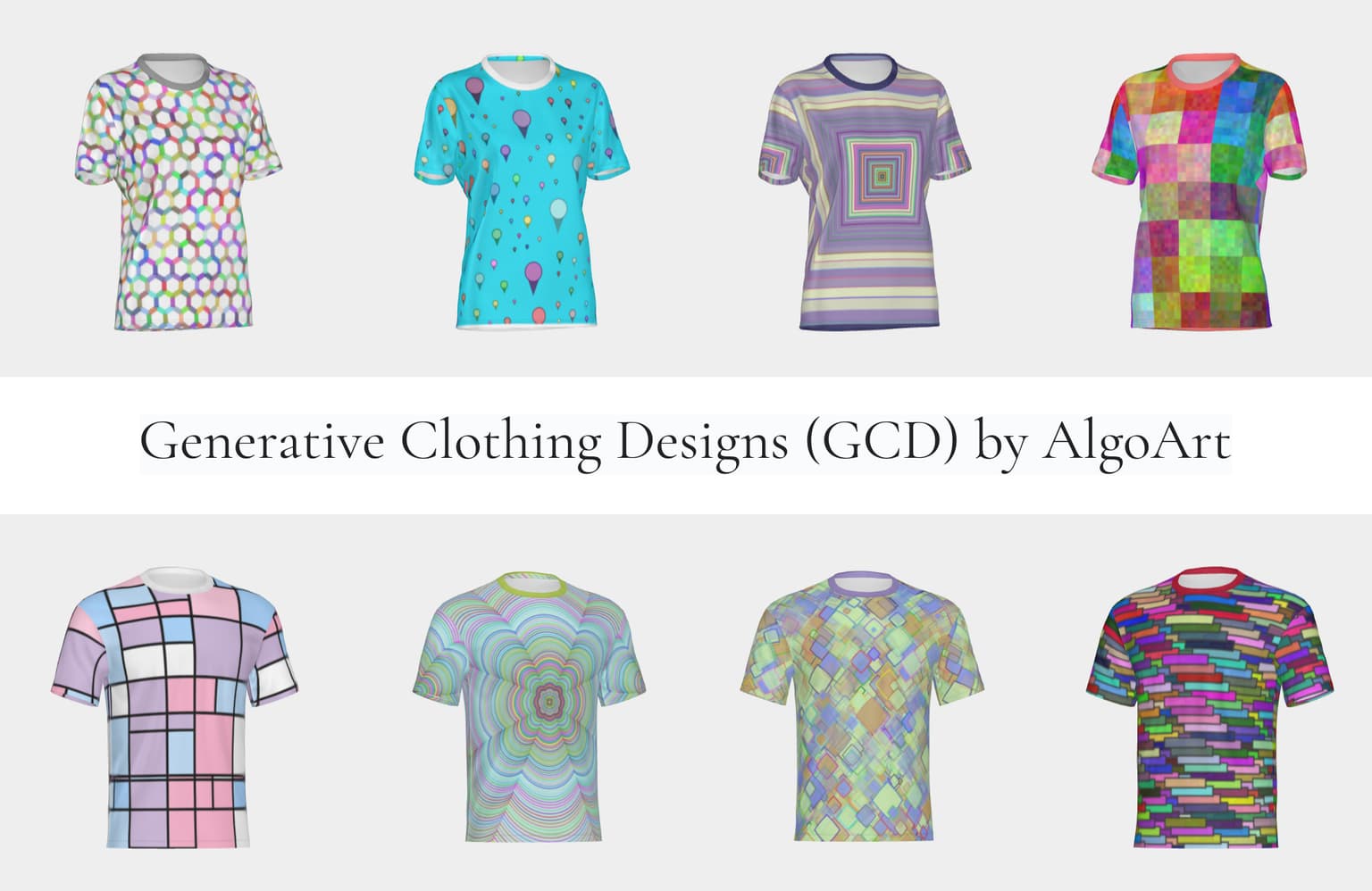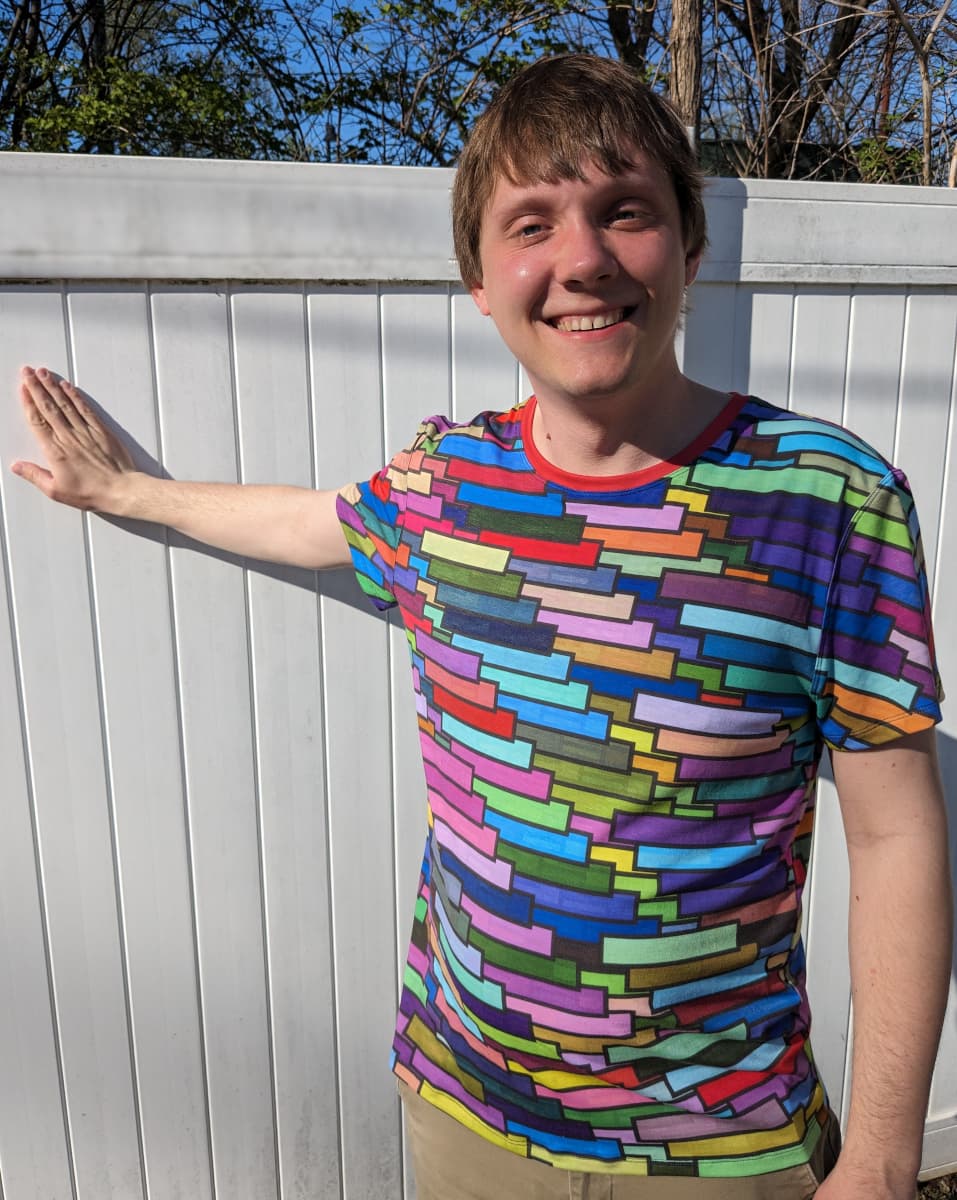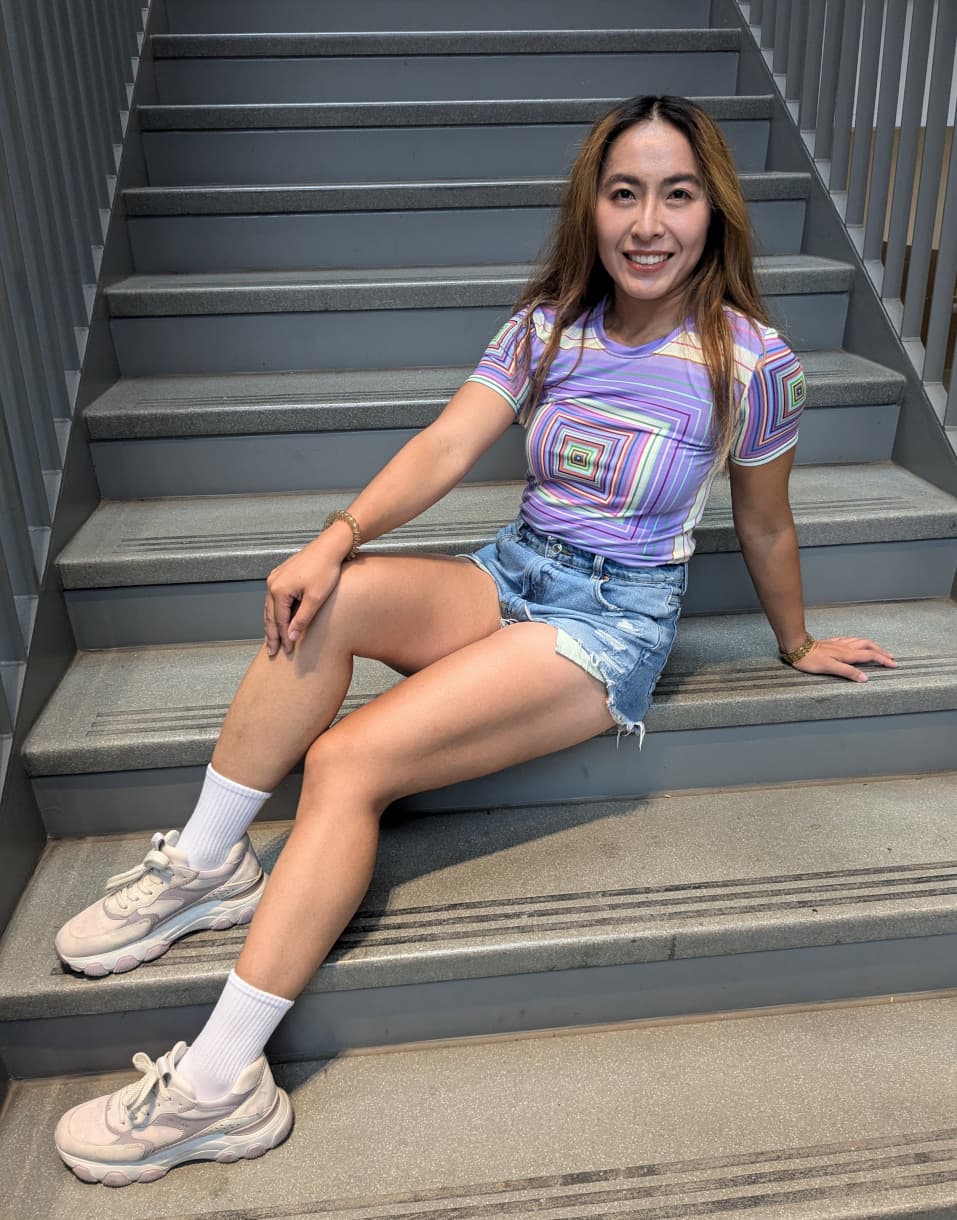2024 Bridges Conference Fashion Show
Generative Clothing Designs (GCD) by AlgoArt
Designers
Michael Wehar
Visiting Assistant Professor of Computer Science
Bryn Mawr College
Bryn Mawr, Pennsylvania, USA
Biography
The AlgoArt project seeks to bring together artists and programmers to create algorithmically generated artworks through a user-friendly online platform. AlgoArt began in the summer of 2022 as an open source framework for creating drawing algorithms. The algorithms procedurally draw lines and shapes onto a digital canvas. A drawing algorithm's behavior allows for customization through setting detailed parameters. Based on these algorithms, our research team created the AlgoArt Platform (AlgoArt.org) which consists of two parts: (1) a creator studio for real-time artwork generation and parameter customization and (2) a digital gallery for displaying and reviewing generated artworks. AlgoArt is designed to be user-friendly for artists who may be new to programming, but complex enough for experienced programmers to explore in depth. We had the great opportunity to display our algorithmically generated artworks in the Bridges 2023 Short Film Festival where the reoccurring feedback was that we need to apply our designs to create tangible physical objects. Based on this feedback, along with student Kevin Dong and recent graduate EK Brickner, we designed three new drawing algorithms that we have used to generate patterned designs for custom made tee shirts. In particular, we designed (1) the algorithm titled "Stickers" to replicate the style of repeated patterns found in luxury fashion brands, (2) the algorithm titled "Composition" that colors rectangular regions based on our own fast matrix pattern matching algorithm that results in visuals reminiscent of Piet Mondrian artworks, and (3) the algorithm titled "Squares" that visualizes repeated subdividing of an image into smaller and smaller squares of varying color. We have eight shirts available for display at the Bridges Fashion Show. Renderings for these selected designs have been provided with our submission along with photographs of four of the generated designs on models.
Looks

Renderings of eight algorithmically generated tee shirt designs.
The presented tee shirt designs were generated by the following drawing algorithms: - Stickers, Overlapping Tiles, and Trees by Michael Wehar - Composition by Kevin Dong - Squares by EK Brickner Special thanks to our team of tee shirt design reviewers: - Chunan Liu - Lalith Suresh - Muneeb Alvi - Skyler Simpson - Pratiba I. - Victor S. - Jimbo - Skibo
About the look
Algorithmically Generated Tee Shirts
Tee Shirts
2024

This design was generated using the drawing algorithm titled "Overlapping Tiles" by Michael Wehar.
Model: Michael Wehar

This design was generated using the drawing algorithm titled "Composition" by Kevin Dong.
Model: Lalith Suresh

This design was generated using the drawing algorithm titled "Stickers" by Michael Wehar.
Model: Chunan Liu

This design was generated using the drawing algorithm titled "Squares" by EK Brickner.
Model: Bianca S.
About the look
Algorithmically Generated Tee Shirts on Models
Tee Shirts
2024